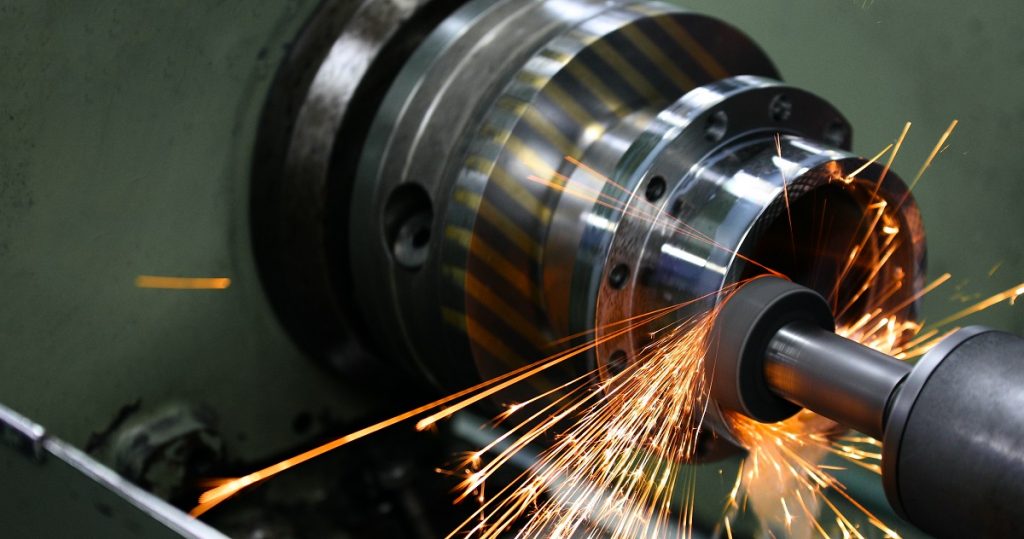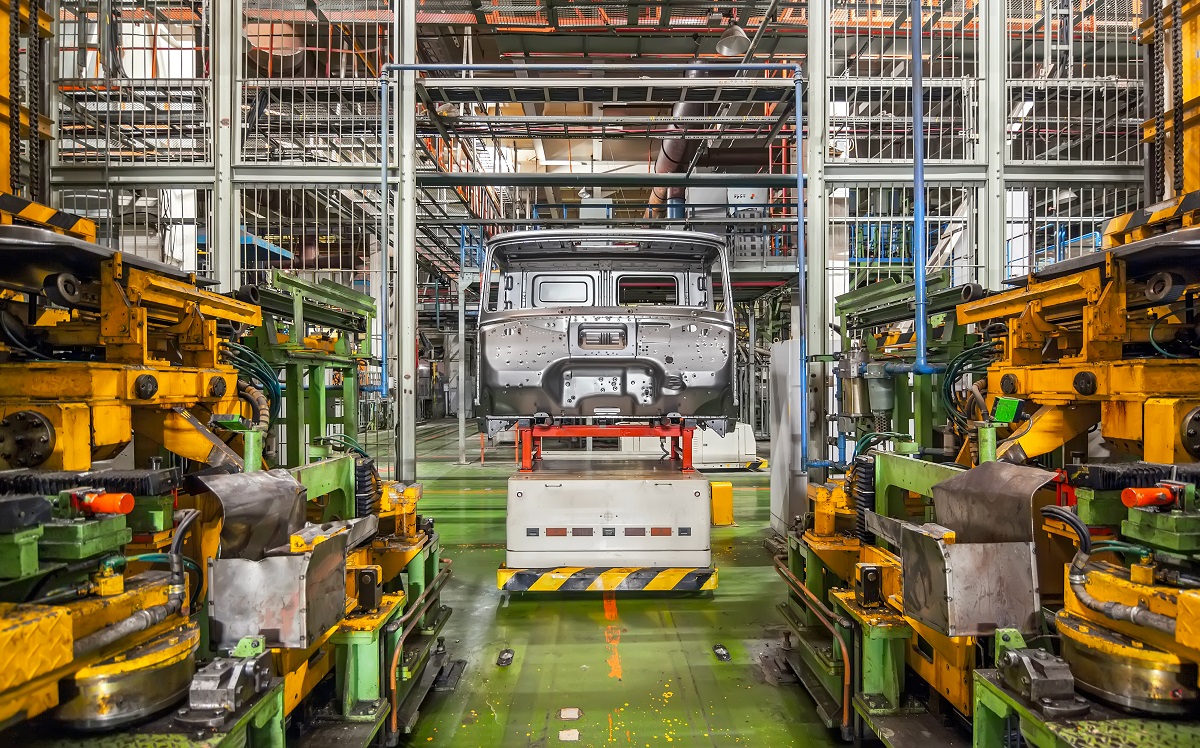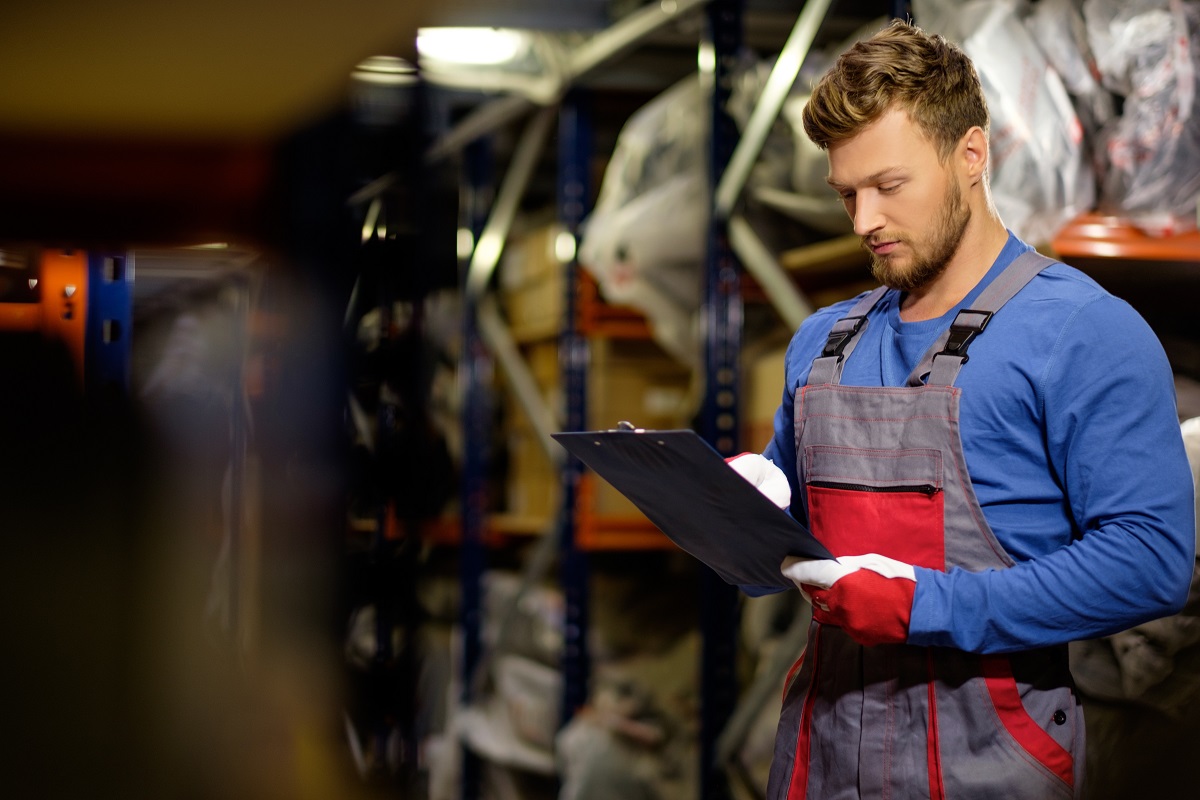5 Types of Steel Used in The Automotive Industry

What are the different types of steel used in the automotive industry?
- Stainless steel
- Advanced high-strength steel
- High-carbon steel
- Low-carbon steel
- Galvanized steel
The use of steel has not been any less impactful in the world of automotives. Its ability to be machined and manufactured in various shapes through different techniques makes it a practical, cost-effective, and durable option. The types of steel used in the automotive industry can be anywhere from stainless steel, high-strength steel, high-carbon, low-carbon, or galvanized steel.
These types of steel are used in the production of various vehicle and engine components. Some examples are the following: bushings, bearings, exhaust pipes, radiators, car frames, chassis, wheel rims, and many more. There’s no disputing that steel has etched itself in the history of manufacturing as one of the most reliable materials out there.
To gain a better appreciation of a widely available, yet handy material, we look deeper into the top uses of various steel grades found in all types of automobiles. All of which allow carmakers to create new and innovative features for vehicles. Read on to learn more.
Stainless Steel
A steel raw material or pre-fabricated product can only have the “stainless” designation if it contains at least 10.5% of chromium, 1% carbon, alongside other alloying compounds. One striking feature of this steel type is its ability to resist corrosive materials. Its lustrous and light-bodied design has been synonymous with durability and functionality in many industries, not just vehicle manufacturing.
It makes sense that stainless steel would be one of the go-to materials for crafting and assembling different vehicle components together. In fact, many vehicles comprise around 15 to 2 kilograms of stainless steel found in their exhaust systems.
Fuel-combustion engines, in particular, require the use of materials that don’t easily deform or melt under high temperatures. Stainless steel is a perfect candidate for this due to its extremely high melting point of more than 1500 degrees Celsius. As you may already be familiar, the average vehicle when in use generates around 90 to 104°C in engine temperature. Having stainless steel components not only protects the rest of the driver while in motion but also ensures the safety of surrounding car materials.
Advanced High-Strength Steel

Modern steel innovations have led to the development of a new grade of steel, known as advanced-high-strength steel, or simply AHSS. Unlike the typical low carbon and mild steel, AHSSs are sophisticated and complex. It’s made out of carefully selected materials with specific chemical compositions. The result is a precisely heated steel product that is tough, ductile, and has an exceptional fatigue rating.
Despite the properties present in AHHSs, they’re a preferred choice for vehicle bodies, frames, car doors, bumpers, and undercarriages due to their lightweight. Many car manufacturers nowadays are coming up with effective solutions to engineering AHHSs into a dependable automotive material that satisfies safety, cost, and performance.
This type of high-strength steel can be further classified into different families — martensitic (MS), ferritic-bainitic (FB), transformation-induced plasticity (TRIP), and twinning-induced plasticity (TWIP), to name a few. TRIP and DP steels, for example, are suitable for engine crash zones, or portions that require high energy absorption. Meanwhile, MS is instrumental in improving vehicle safety and performance.
High-Carbon Steel
Steels with high-carbon content, known as high-carbon steel are alloys that have undergone a heat treatment method known as quenching. Whereas in traditional heat treatment of steel wherein the carbon content is dissolved into the heated iron, the rapid cooling applied in quenched steel “traps” the carbon and transforms steel’s structuring.
Unlike ordinary steel, high-carbon steel is less ductile and prone to brittleness. However, this is offset by its high resistance to wear and tear, which is why high-carbon is often fabricated into cutting tools or metal fasteners.
With these properties in mind, carmakers have also consistently chosen high-carbon steel to fashion vehicle frames, chassis, bushings, door panels, support beams, mufflers, and the like. Combined with other grades of steel, the high-carbon variety can be used in the production of a vehicle that meets safety standards, crash requirements, and even design.
Low-Carbon Steel

Unlike its high-carbon counterpart, low-carbon steel has a much lower tensile strength and poorer yield-point runout. Also referred to as mild steel, low-carbon steel, however, has continued to find its way into many vehicle parts because it is cheap to produce and is useful for the production of smaller components.
Low-carbon steel can be found both in the interior and exterior of the vehicle. Some examples are clutch housings, suspension parts, control arms, brackets, and the like. Its decorative uses may also range from wheel rims, covers, screws, washers, bolts, nuts, fasteners, and the like. All of these are essential in maintaining the structure and stability of any given vehicle.
Galvanized Steel
Cheaper than stainless steel, but more effective than aluminum, galvanized steel is another popular use of this alloyed metal in vehicle-making. Today, the use of galvanized steel is even considered a standard in any type of vehicle. Almost 80% of a car, truck, or motorcycle can be made up of galvanized steel. Coated with a thin layer of zinc coating, this type of steel can extend the life and function of the vehicle with minimal repairs and maintenance required.
Some benefits of galvanized steel are its low cost, improved durability, self-healing, and availability. In place of expensive steel grades such as AHSS and high-carbon, the galvanized steel option can offer long-lasting protection for any part of the vehicle it has been used in.
Key Takeaway
Different types of steel used in the automotive industry can be found in almost every part of a vehicle. As discussed, some of these steel can provide good strength qualities to any car — such as the case with advanced high-strength steel and high-carbon steel. Other types are more cost-effective in nature. Stainless steel, galvanized steel, and low-carbon steel, for example, still offer ample strength with very few drawbacks.
As the automotive and the steel-making industry continue to innovate, like Metal Exponents as a top steel-making organization in the Philippines no doubt that manufacturers from both fields will continue to engineer specialty steel parts and products, further solidifying the role that steel plays in both sectors.


